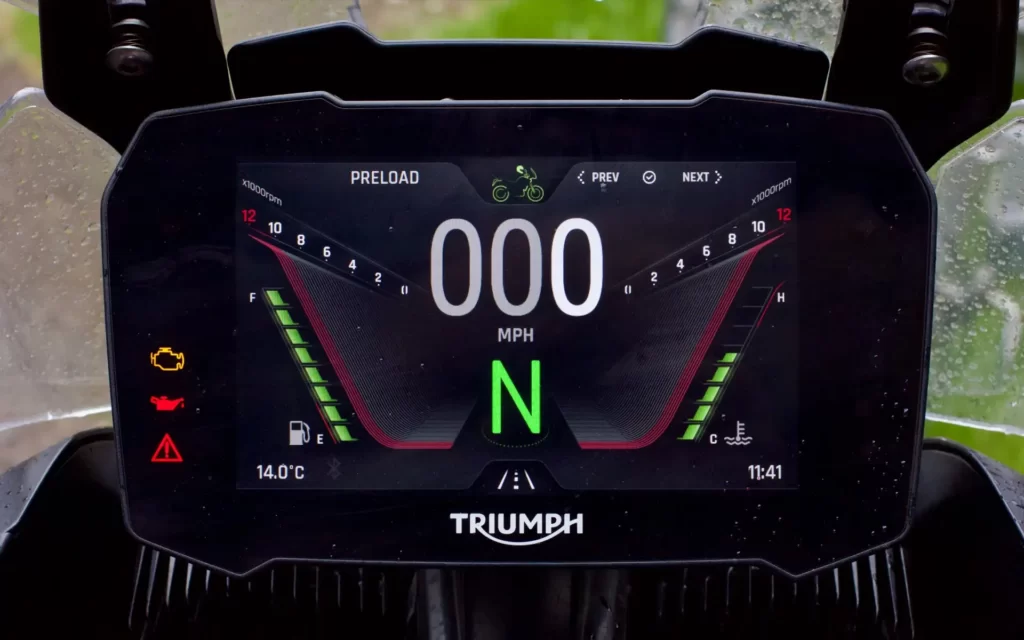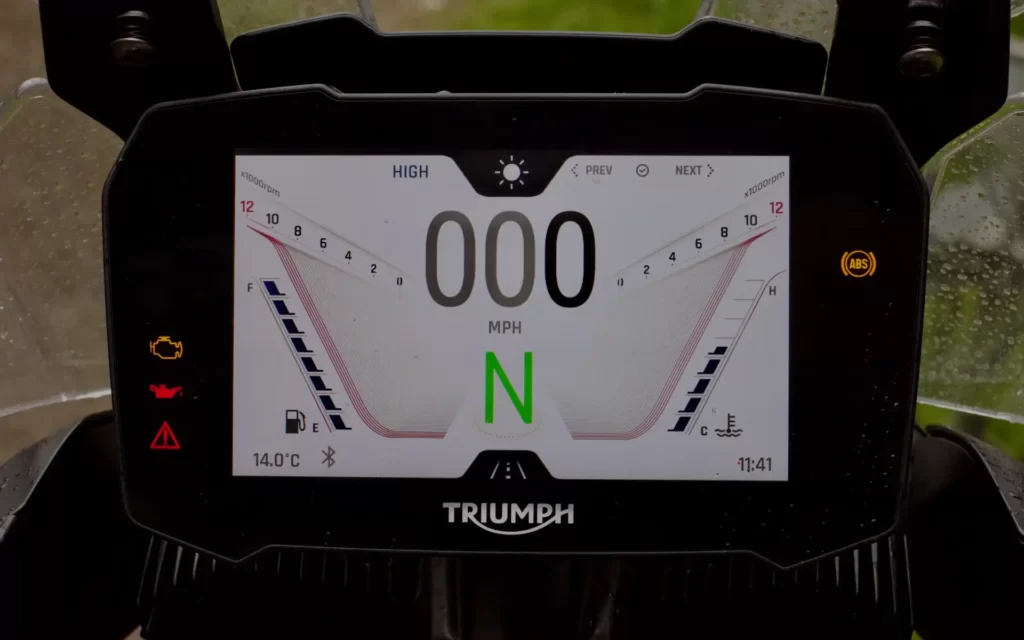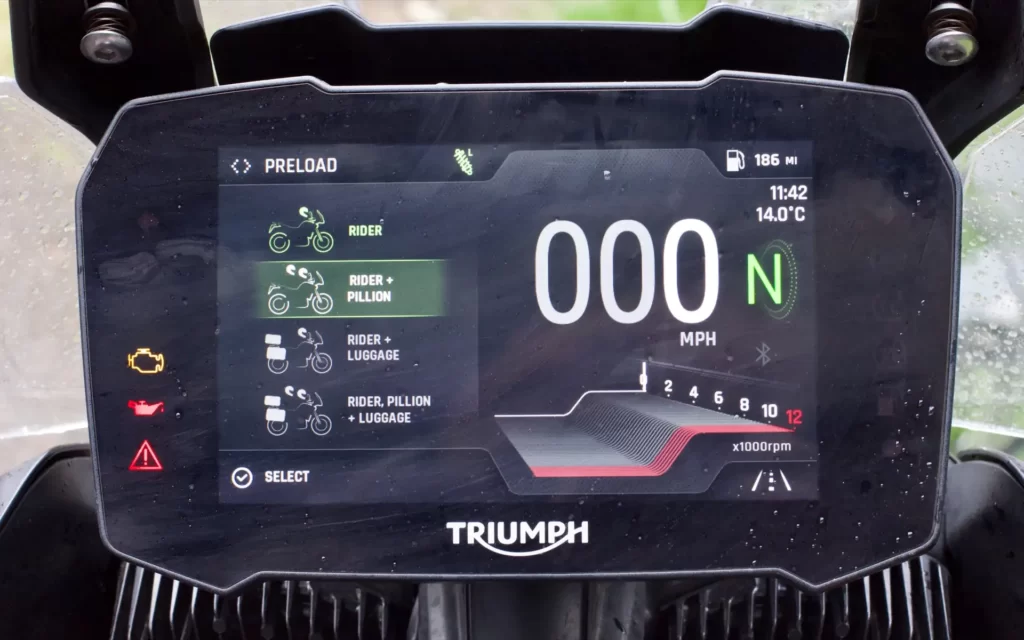While the big 1200cc Tiger is Triumph’s bike of the moment, the brand’s smaller 900cc adventure bike continues to get a great deal of attention. I loved the final iteration of its predecessor, specifically the Tiger 800 XRT, so much that I recommended it to my own father. It’s still a bike I would happily own, and having struck out on its big brother I felt it only fair to give the Tiger 900 GT Pro a fair shake
A quick summary, then. The Triumph Tiger 900 GT Pro is the all-singing, all-dancing, and road-focused version of Triumph’s middleweight adventure bike. It seems ridiculous that something with an engine just shy of a full litre of displacement and over 220kg of metal and plastic is now considered a middleweight, but here we are. It’s smaller in every way than its big brother, including the price tag, but does lose a few of the toys (and more than 50 horsepower) along the way.
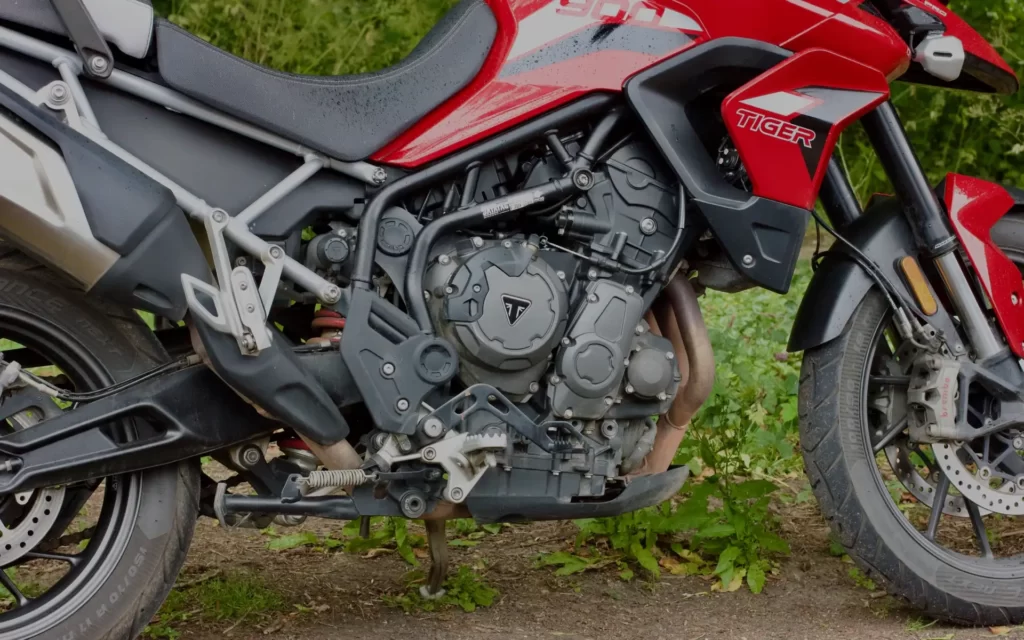
There’s a chain final drive rather than a shaft, the electronically-controlled rear shock still requires manual adjustment of preload, and the front forks have no electronic adjustment at all. You still get LED headlights, heated grips and seat, and even a digital TFT dashboard. It has to be said, however, that the user interface is truly, spectacularly awful, with several different view options, each worse than the next. It’s clear that the graphics and animations were designed in a studio by a graphic designer, rather than a motorcyclist or user interface designer; they look very cool, but they’re horrible to use on the road. Triumph know this, which is why the newer Tiger 1200 has a completely different visual and functional design.
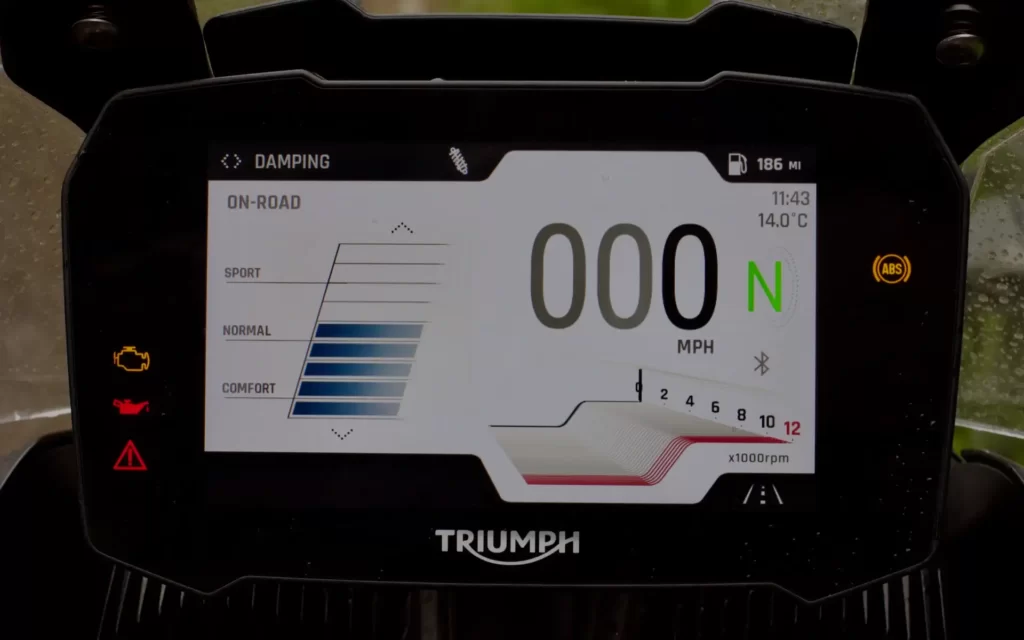
Keep your eyes on the road and actually ride the bike and there’s plenty to like, however. Triumph does seem to have figured out the formula for a good-handling, sweet-steering road bike, which mystifyingly still eludes some manufacturers. The weight drop versus its bigger brother shows the 900 in a favourable light, but look further and the cracks begin to show. Despite the front brake calipers being identical in specification to the heavier 1200, the 900 did not inspire the same confidence under braking. It features a more basic master cylinder at the lever which could be a contributing factor, but both bite and power were somewhat lacking. My local dealer suggested that perhaps it was to do with my example having been ridden on wet roads without being cleaned, but I don’t call that an acceptable excuse for a motorcycle on our wet and windy island.
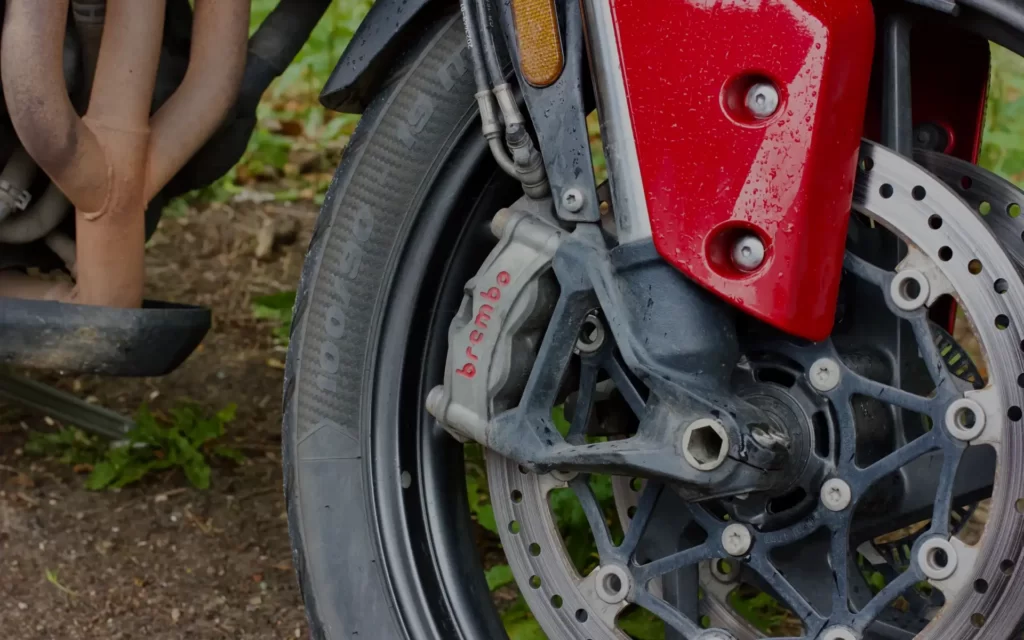
As speeds picked up, the weaknesses in the cheaper suspension began to reveal themselves as well. Fidgety over bumpy surfaces, both the forks and shock failed to remain their composure and sapped confidence when pressing on. I tried using the electronic adjustment of the rear shock and honestly found that it made very little difference from one extreme to another. Once again, and in common with most sub-£20k motorcycles, I would want to have a suspension specialist modify or swap the hardware to suit my 75kg weight. And as with all integrated electronic suspension, such modification or replacement wouldn’t be cheap.
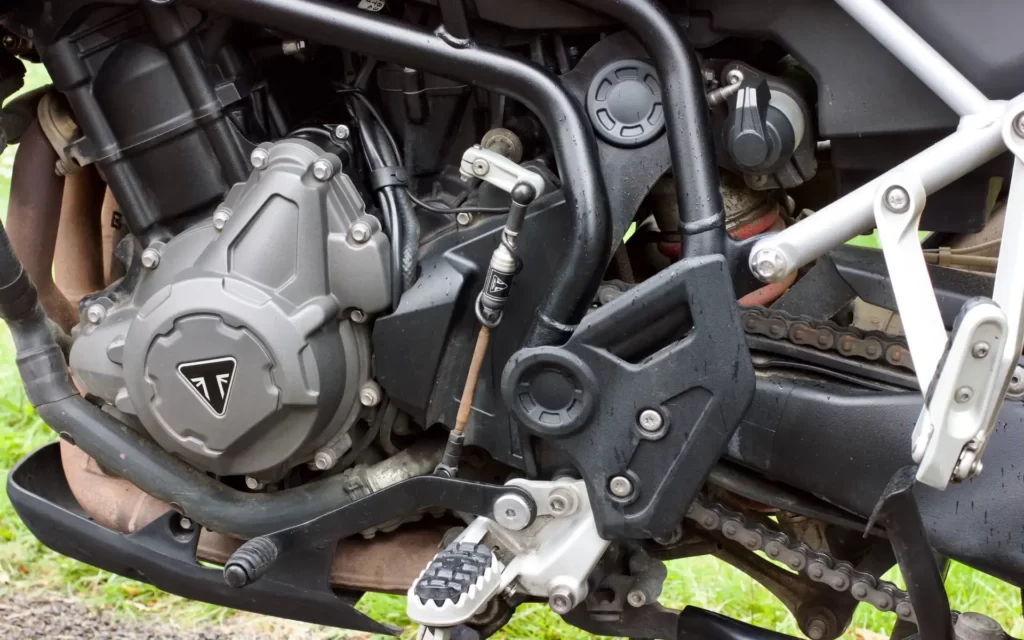
The longer I rode the bike, the more problems began to appear. Firstly, the engine. Triumph has, just as with their newer, larger 1200 Tiger, deliberately unbalanced the engine’s crankshaft to give it a lumpier twin-cylinder-like feel, with the predictable side-effect of extra vibration through the handlebars. Given that the rotating mass of the engine is so much less, the vibrations are similarly reduced, but they’re still there. I’d call them livable, but definitely not welcome, and still prefer the silky-smooth previous-generation triple. Unlike its bigger brother, the 900 doesn’t even share the same exciting noise and rush in the higher echelons of the rev range, so there’s no real loss in using the slick up/down quickshifter to keep the engine out of the buzzier heights.
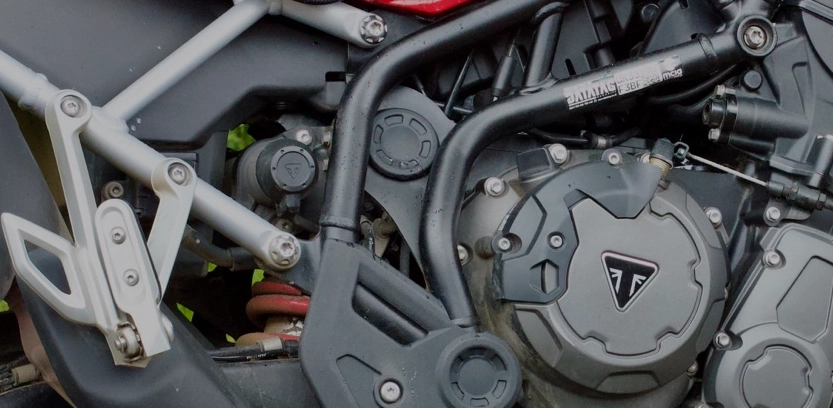
But despite all of this, the deal-breaker for me this time was the seat. After 30 minutes I was uncomfortable; after 45 I was in agony. I suspect that the marketing department is again to blame here; off-road bikes need narrow seats to facilitate a better standing position, and the on-road bike shares these components. Even if the road-focused GT models will never see anything dirtier than a muddy lane, it’s important to maintain the image. But the result is a hard-edged plank of a seat that in no way supports the real-life human anatomy of a seated rider. I’d need to replace that, immediately, and probably expensively. The same is true for the windshield, whose clever on-the-go one-handed adjustment is rendered moot by the fact that it has no discernible impact on buffeting or airflow. Another upgrade needed there, I fancy.
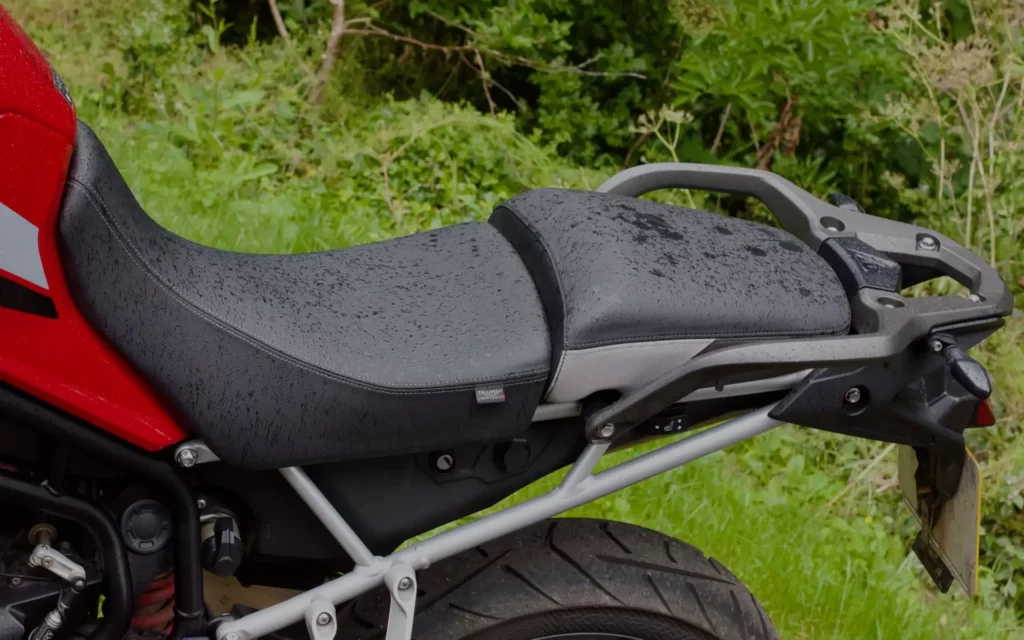
Which rather sums up my feelings on the Tiger 900 GT Pro, I’m afraid. A good motorcycle, provided you’re willing to replace or upgrade the suspension, seat, windshield, and brakes, and assuming that you are willing to live with an irritating dashboard and unnecessarily buzzy engine. I might accept those issue on a cut-price budget bike, but not on a premium model costing almost £14,000. Add the obligatory panniers and top box necessary to make the bike usable for its intended purpose and you’re well over £15k for a motorcycle that needs several thousand pounds of changes and upgrades to essential hardware to meet my minimum acceptable standards.
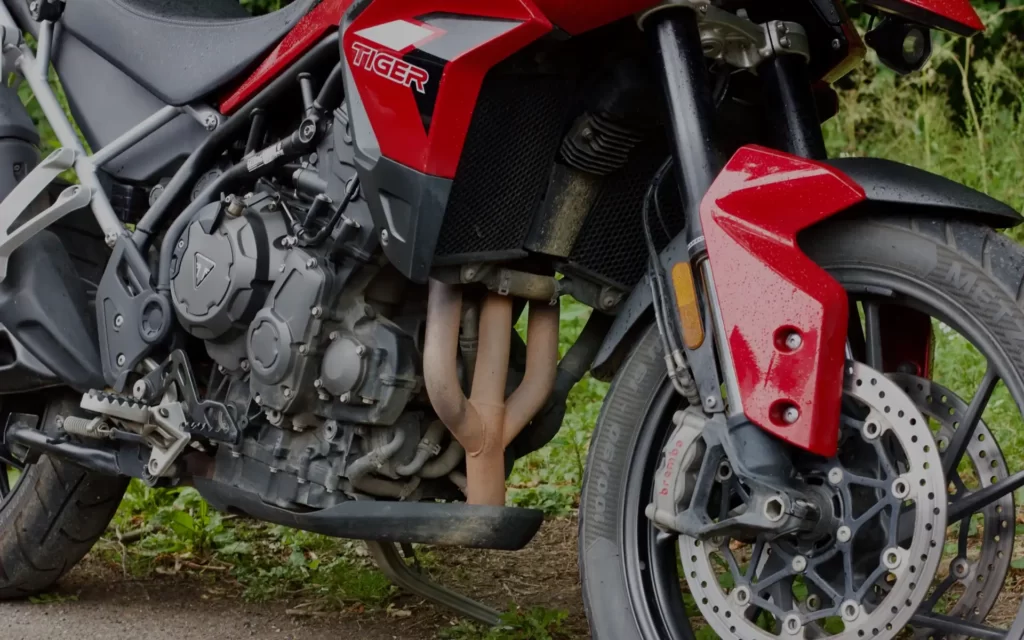
Now of course, you could buy a lower-spec version of the Tiger 900 and save around £2,000, but you’d then need to add things like heated grips back onto your modification list. I think that Triumph knows it has a pricing problem here, which is why the heavily de-contented and detuned Tiger 850 Sport exists; the same engine, same chassis, but every possible corner cut to hit a £10k price point. But if price is all you care about, then a lightly-used Tiger 800 XRT will get you a lot more for a lot less. You’ll get better fuel economy and range, a more comfortable seat, and in my opinion, a much nicer engine.
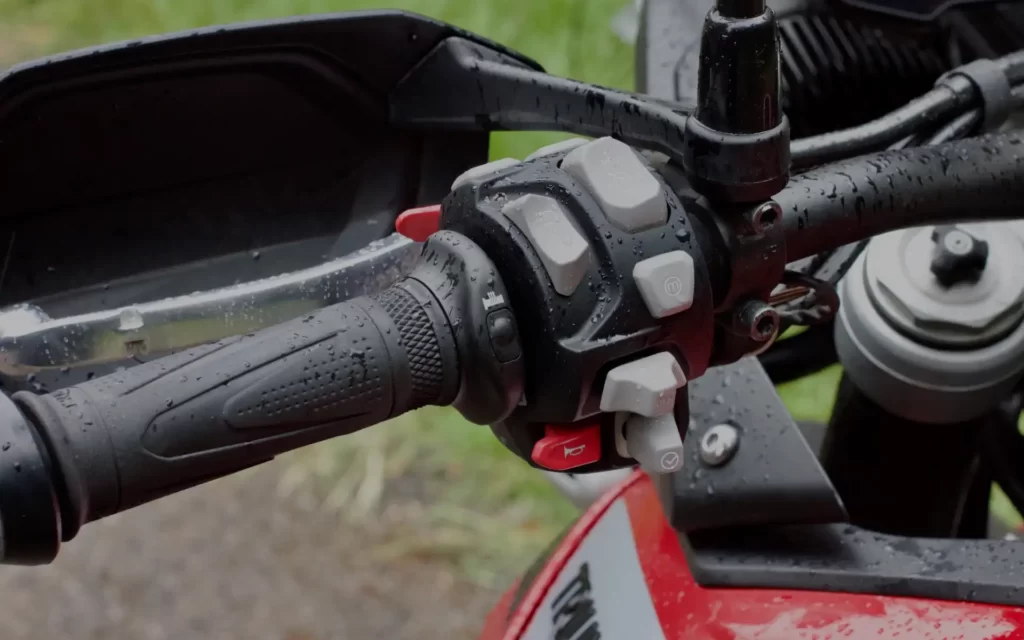
So, no; I sadly won’t be adding a Triumph adventure motorcycle to my garage any time soon. I like the brand, and the build quality and attention to detail often set an example to the rest of the industry, but I am clearly not their target customer this time. Your mileage may vary, of course; maybe you have buns of steel and won’t have a problem with the seat, and perhaps the buzzy engine and suspect brakes won’t bother you either. But when Triumph’s current range of Tigers seems objectively worse than their previous generation versions, the discounts that can be had from lightly-used low-mileage examples mean that you have to really want a brand-new bike to deliberately choose a Tiger 900.
Time to keep looking…
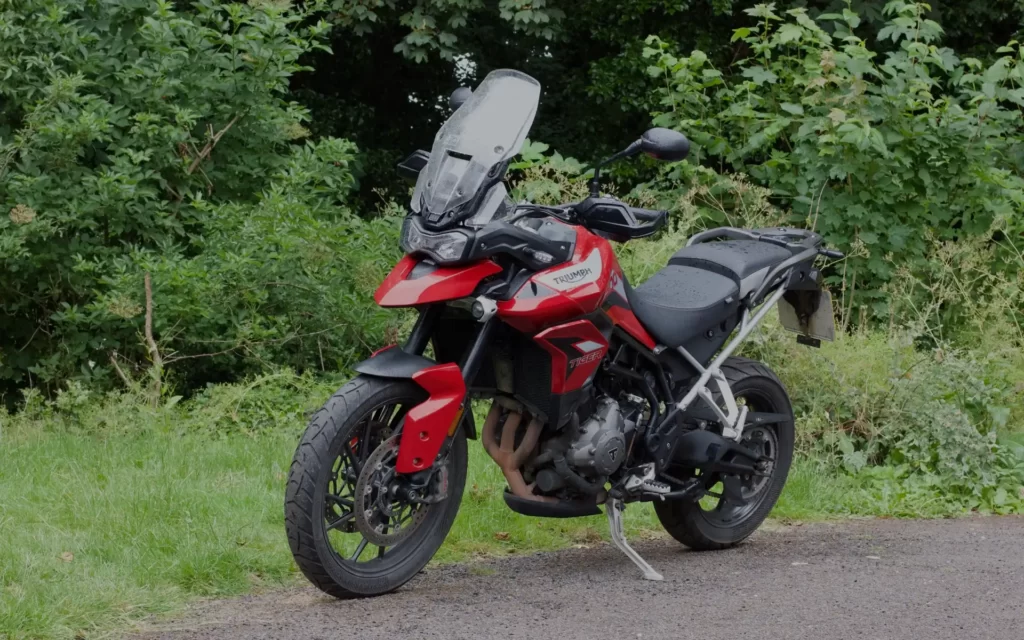
Nick Tasker
First published in Slipstream January 2023
See Nick’s other reviews here: Boy Meets Bike | Independent motorcycle news, reviews, and analysis


